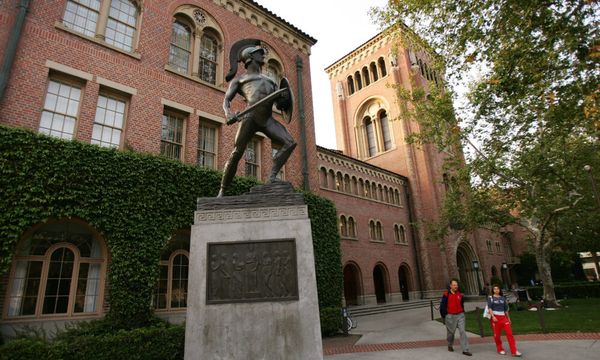It's known as the "COVID housing boom": Australia's house and unit prices went wild as the pandemic set in.
But data reveals some suburbs' prices have slid back from peak levels earlier this year, with some showing double digit falls and a return to levels below March 2020 when the pandemic hit.
Sydney and Melbourne have a list of suburbs with house and unit values now below those recorded at the beginning of COVID-19, CoreLogic data shows.
Brisbane also, ever so slightly, makes the list.
These are the suburbs across Australia with house and unit values back at pre-pandemic levels.
Sydney's inner-city suburbs of Darlinghurst (-13.7 per cent), Surry Hills (-12.8 per cent), Forest Lodge (-9.7 per cent) and Redfern (-9.7 per cent) recorded the sharpest falls in median house values since the pandemic hit, CoreLogic figures show.
In Melbourne, house prices in Windsor (-14.1 per cent), St Kilda (-12.4 per cent), South Melbourne (-12.4 per cent), and Malvern East (-11.3 per cent) posted the largest declines for the same period.
'Headwinds' for housing market in 2023
Eliza Owen, CoreLogic's head of research, expects price falls to deepen, with 2023 to have some "headwinds and tailwinds for the housing market".
"I think yes, we've got further to go with this downswing," she said.
"There was a lot of purchasing done on low fixed rates through the pandemic, with fixed finance comprising around 46 per cent of new lending, and much of that lending will be rolling onto higher mortgage rates in the next 6–12 months."
Many economists have predicted further house price falls in 2023, with AMP's veteran chief economist Shane Oliver tipping a 15–20 per cent top-to-bottom fall in average home prices.
With home prices tipped to fall further is it a good time to buy?
It purely depends on your individual situation, Ms Owen says.
"Prices are lower now, but debt costs are higher and the choice of listings is lower. Waiting for rates to come down will probably see prices rise, and rental costs increase in the interim," she said.
The data shows that prices are falling, and people may be able to buy for less than what they would have six or twelve months ago, but the trade-off is rising interest payments, according to Ms Owen.
Then there's reduced borrowing capacity.
Interest rates have made their fastest increase since the early 1990s. This year's rate rises have cut the maximum amount would-be buyers are able borrow.
"So even if you purchase a heavily discounted property in terms of price, you may be spending even more month to month on a mortgage than if you had bought at the peak of the market," Ms Owen said.
The latest ANZ CoreLogic Housing Affordability report found it would take a typical Australian first home buyer 10.9 years to save a deposit, as of the September quarter, slightly lower than the 11.3 years in the previous quarter.
'Softer landing' for units
In Melbourne, unit values in Kew East recorded the largest falls for the same period, down 18.5 per cent since the start of the pandemic.
Unit values in Hawthorn East, Ascot Vale, Hawthorn and Moonee Ponds fell 18.1 per cent, 17.1 per cent, 16.4 per cent and 16.3 per cent respectively over the same period.
Sydney units slumped in Epping (-11.5 per cent), Lakemba (-9.1 per cent), Macquarie Park (-7.9 per cent) and Wiley Park (-7.9 per cent).
Ms Owen said it wasn't too surprising to see some of the more expensive suburbs featured in these lists, with the biggest peak-to-trough falls concentrated in areas where housing prices are relatively high, and borrowers are more highly leveraged.
"Examples include areas like Wiley Park, Punchbowl and Lakemba, where unit markets are among the top declining in Sydney," she said.
The listing activity for these areas does not suggest signs of excess stock or distressed selling would be pushing values down, Ms Owen said, suggesting the changes were "more the demand side."
The unit market in Australia is broadly expected to have a softer landing than the house market, Ms Owen said.
"In part, this is because unit values did not have as strong an uplift through the COVID period, so there is less price adjustment to take place as interest rates rise," she said.







